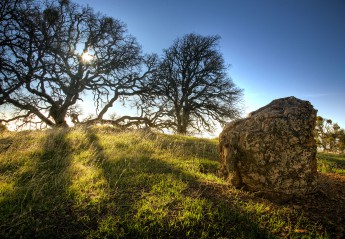For the Sake of a Song: Wangga Songmen and Their Repertories
By Allan Marett, Allan Marett, Linda Barwick and Lysbeth Ford, Linda Barwick, Lysbeth Julie Ford
Wangga, originating in the Daly region of Australia’s Top End, is one of the most prominent Indigenous genres of public dance-songs. This book focuses on the songmen who created and performed the songs for their own communities and for the general public over the past 50 years. The book is organised around six repertories: four from the Belyuen-based songmen Barrtjap, Muluk, Mandji and Lambudju, and two from the Wadeye-based Walakandha and Ma-yawa wangga groups, the repertories being named after the ancestral song-giving ghosts of the Marri Tjavin and Marri Ammu people respectively. Framing chapters include discussion of the genre’s social history, musical conventions and the five highly endangered languages in which the songs are composed. The core of the book is a compendium of recordings, transcriptions, translations and explanations of over 150 song items. Thanks to permissions from the composers’ families and a variety of archives and recordists, this corpus includes almost every wangga song ever recorded in the Daly region. Representing the fruit of more than 20 years’ work by Marett, Barwick and Ford with the families of the songmen, and drawing on a rich archival record of photographs and recordings from the communities of Belyuen and Wadeye, this book is the first phase of a multimedia publication project that will also include a website and a series of CD packages. It is the second book in the series ‘The Indigenous Music of Australia’ published by Sydney University Press. All the recordings are available to stream.
